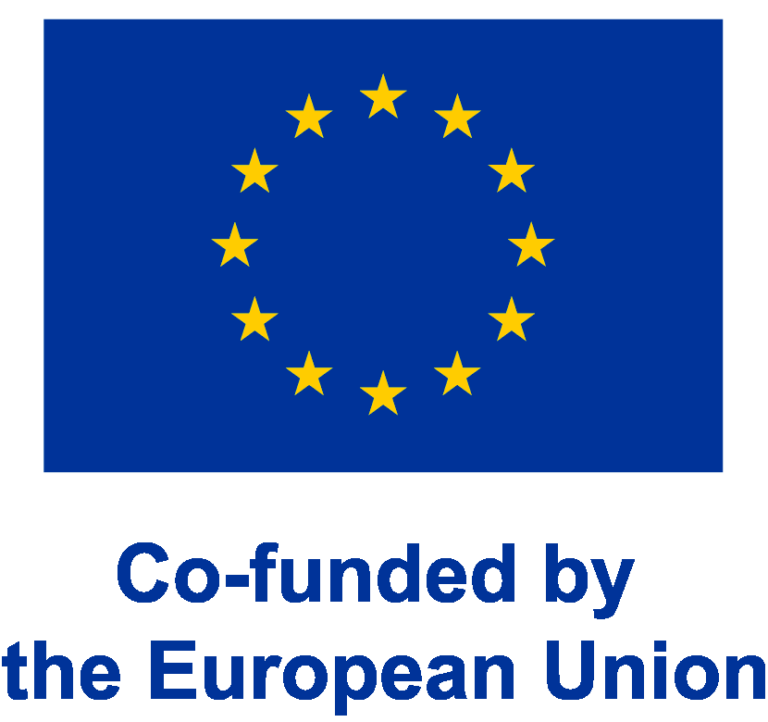
End-of-life wood material in circle
Funders

The project is funded by European Regional Development Fund (ERDF). The project is implemented by University of Eastern Finland, Häme University of Applied Sciences (coordinator) and Aalto University Foundation sr.
The Pumaska project seeks solutions to increase the recycling rate and extend the life cycle of discarded wood material. The wood fractions to be studied are construction waste and waste material from sawmills, whose processing into plant growing media, soil improvers and other fibre products will be investigated. At the same time, the availability of new high value-added raw materials as a by-product of wood processing will be strengthened. The construction and sawmilling industries produce huge quantities of usable wood and bark, which contain not only fibre but also valuable extractives. The project is a joint project between Häme University of Applied Sciences, the University of Eastern Finland and Aalto University. The main objectives of the Pumaska project are: 1) To create a research basis for a process to produce safe planting material, soil improvers and litter from discarded wood 2) To investigate the impact on emissions of the above-mentioned wood life cycle extension 3) To co-develop a value chain from waste wood material to beneficial use and thus promote the circular economy of wood. The project will target in particular companies producing and processing demolition wood, sawmills, companies producing and using growing media and soil improvers, municipal waste management, universities and research institutes. The project is nationwide and its activities are targeted at companies, municipalities and research organisations throughout the country. The project activities have been designed in a holistic way, taking into account all relevant target groups.
The project will carry out practical experiments on the sorting and availability of demolition wood and sawmill residues, study the composition of wood materials and the processes for processing them into materials suitable for different applications. The project will calculate the impact of recycling different wood materials on carbon emissions and promote the circular economy through better sorting and recycling of wood materials. At the same time, it will provide baseline information on the potential and material safety of recycled wood. The project’s life cycle assessment and carbon footprint calculation will provide information on the climate impact of wood recycling. In the long term, the project is expected to improve the efficient use of by-streams from the construction industry and increase the recycling rate of wood, resulting in increased material efficiency of the primary wood raw material and a reduced carbon footprint from wood use. The project’s activities will contribute to the development of companies’ material management skills and circular economy business. The process developed by the project will enable low-carbon production of materials, which will improve, among other things, the sustainability of production and security of supply.

